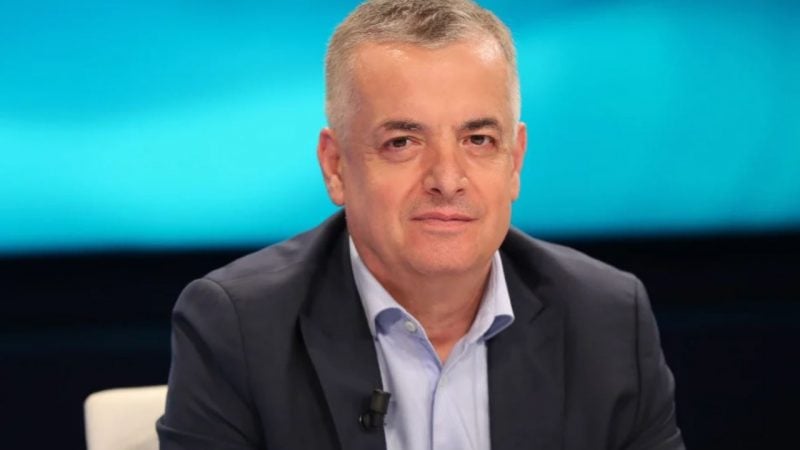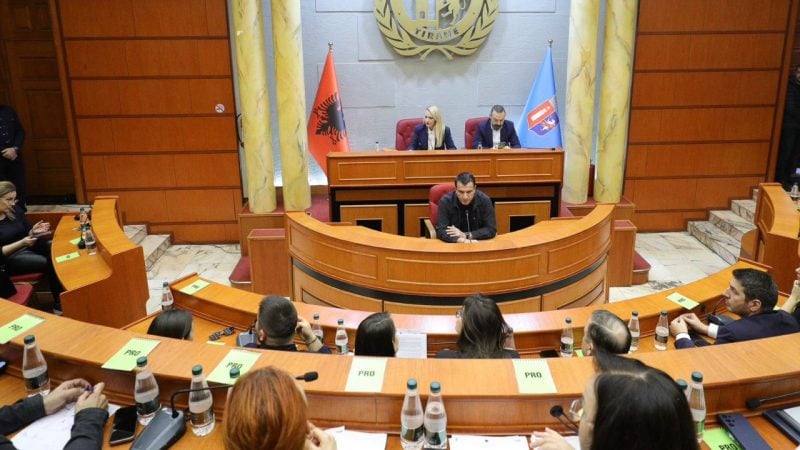 Linda Rama: Between Family, Work and Albania’s Future
Linda Rama: Between Family, Work and Albania’s Future Carlo Giuliani became the symbol of an anti-globalization movement throughout, but few in Albania remember why he became famous.
This was brought to memory by the Court of Tirana, referring to a Strasbourg Court verdict and comparing it with their decision that found not guilty the three defendants of the January 21st trial.
The Tirana Court declared that the case of Ndrea Prendi and Agim Llupo is the same to that of the police officers accused for the killing of Carlo Giuliani.
But what happened in Genoa on 20 July 2001, and what happened in Tirana on 21 January 2011? The only thing in common is that one of the victims in Albania was killed with the same type of handgun, a Beretta 9 mm.
Carlo Giuliani died from a bullet in an Italian square, and only on 24 March 2011, 10 years later, the European Court for Human Rights in Strasbourg ended a long legal battle between the Italian justice and the victim’s family. The decision stated that the Italian officer shot him for self-defence, responding to a real threat for his life and the life of his colleagues. Giuliani was part of an armed group that surrounded a police vehicle with three officers inside.
A wounded and panicked Carabiniere, Mario Placanica, raised his gun and after warning them with the word “Leave, or I’ll kill you”, he fired a shot outside the vehicle. He shot twice after 10 seconds, and one of the bullets took the 23-year-old protester.
The issue in this case and in that of Tirana is about what was the weapon aiming at.
In 2002, four Italian experts reached the conclusion that the Carabiniere had shot from within the vehicle and that he had no view of the target, but the bullet was deviated by a stone thrown towards the van by another protester, changing the course and hitting the 23-year-old who was only four meters away, with a gas fire extinguisher on his hands, ready to throw it against the police van. In this case, the officer’s action is seen as a legal self-defence.
For Tirana, several videos prove that the protesters were outside the Prime Ministry’s perimeter, and that they were shot by firearm without threatening the lives of the National Guard officers, according to the FBI experts.
The FBI conclusion for the January 21st showed that 11 bullets were fired towards the crowd by the National Guard commander’s gun, Ndrea Prendi. One of those bullets had killed Faik Myrtaj, while the bullets fired by Agim Llupo killed Hekuran Deda and Ziver Veizaj. For Myrtaj’s case the FBI expertise says that 10 of the 9 mm Beretta bullets were found in the trees and UNHCR office walls, and one in the victim’s body, causing his death.
If one compares both analyses, the Italian experts have concluded that the bullet was shot from within the car and was deviated by a stone, but for the protest in Tirana experts say that it was aiming the crowd.
Top Channel








